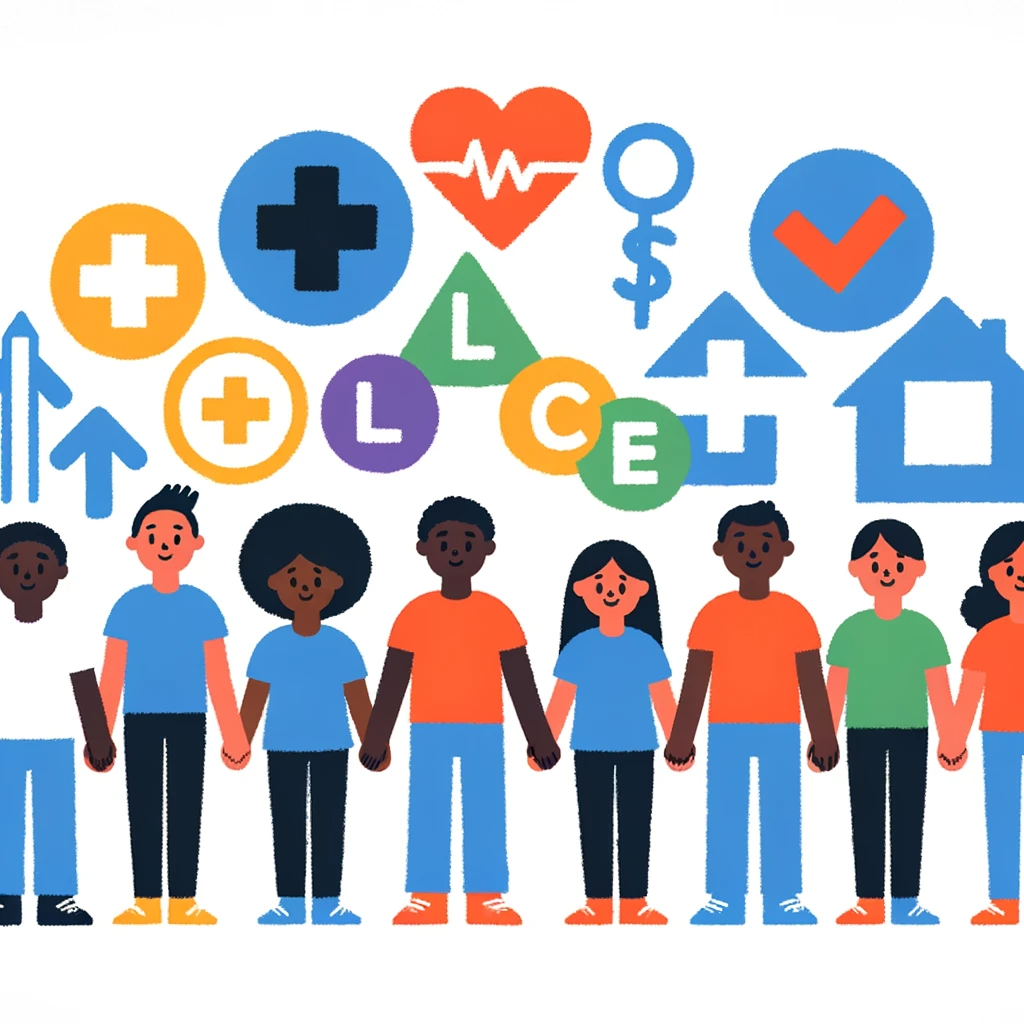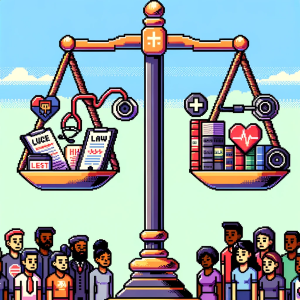
Exploring Structural Racism and Its Public Health Implications
In the seminal article “Structural Racism and Health Inequities in the USA” published in Lancet in 2017, the authors delve into the profound implications of structural racism on public health. This blog seeks to demystify the intricate academic discourse, translating it into a compelling narrative accessible to all. We aim to illuminate the stark public health realities and implications of structural racism, inviting readers into a necessary and urgent conversation for fostering an equitable future.
What is Structural Racism?
Structural racism is the system in which public policies, institutional practices, cultural representations, and other norms work in various, often reinforcing ways to perpetuate racial group inequity. It’s not just about interpersonal relations or prejudice; it’s about a system that has historical roots and contemporary implications in various aspects of life, from housing and education to employment and healthcare.
The Health Consequences of Structural Racism
The article highlights several key areas where structural racism significantly impacts public health:
- Residential Segregation: This is a root of various health disparities, leading to differences in access to quality education, healthy food, and healthcare services. Communities of color often end up in areas with poorer living conditions and greater environmental hazards, directly impacting their health.
- Discriminatory Incarceration: The criminal justice system disproportionately targets communities of color, leading to a cascade of negative health outcomes. Incarceration can lead to mental health issues, increased vulnerability to diseases, and long-term economic hardship that affects health.
- Healthcare Quality and Access: People from racialized communities often receive lower quality health care. They face barriers to accessing healthcare and often receive treatment colored by implicit biases.
Moving Towards Health Equity: What Can Be Done?
The authors advocate for a comprehensive approach to tackle structural racism:
- Acknowledging the Problem: Recognizing structural racism as a critical determinant of health disparities is the first step towards meaningful change.
- Policy Reform: Advocating for changes in policies that perpetuate racial disparities in various sectors, including housing, criminal justice, and healthcare.
- Community-Based Initiatives: Supporting place-based, equity-oriented initiatives that aim to revitalize communities and address the multi-faceted nature of structural racism.
- Education and Training: Educating the current and next generation of health professionals about structural racism and its impacts on health to ensure more equitable healthcare delivery.
Conclusion
The health of a nation depends on the health of all its people, necessitating concerted efforts to dismantle structural barriers and create a more equitable healthcare system. As we move forward, let’s carry the lessons from this important work into our daily lives, policy discussions, and community action to pave the way for a healthier, more just society.
Elevate Your Insight with Every Issue!
Ignite your journey as a public health change-maker through ‘This Week in Public Health.’ Each edition draws you nearer to the pulse of community health, pioneering research, and advocacy. Beyond mere news, it’s your catalyst for transformation. Become a part of our community of enlightened individuals dedicated to driving positive change in public health every week – subscribe for free now!



